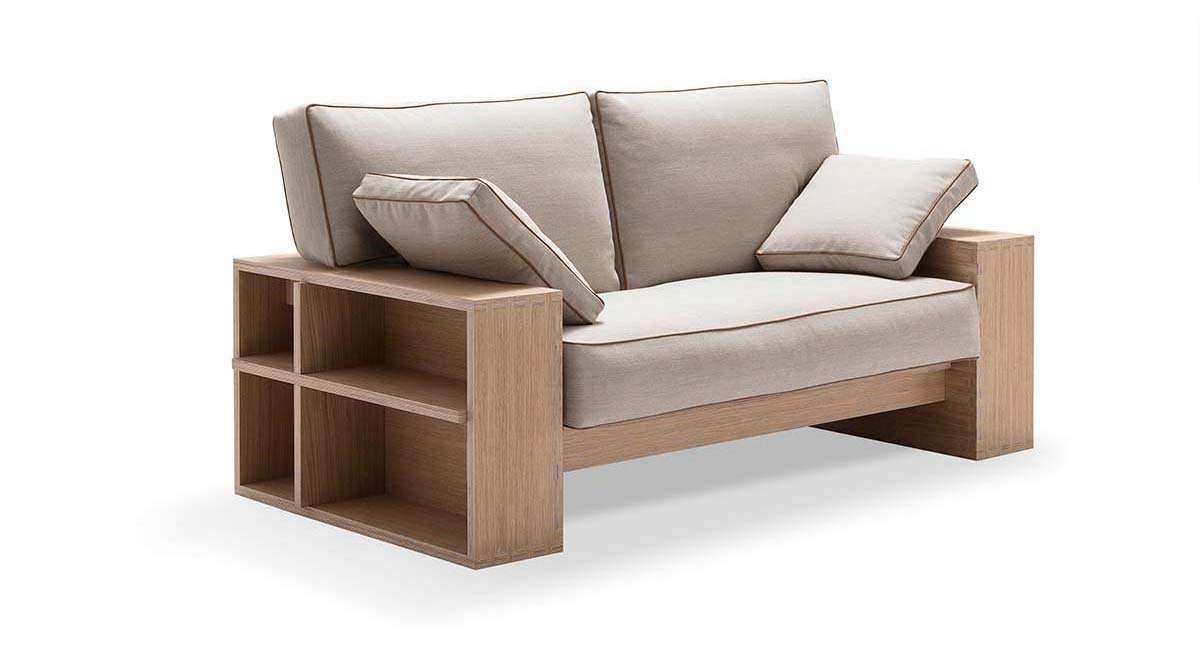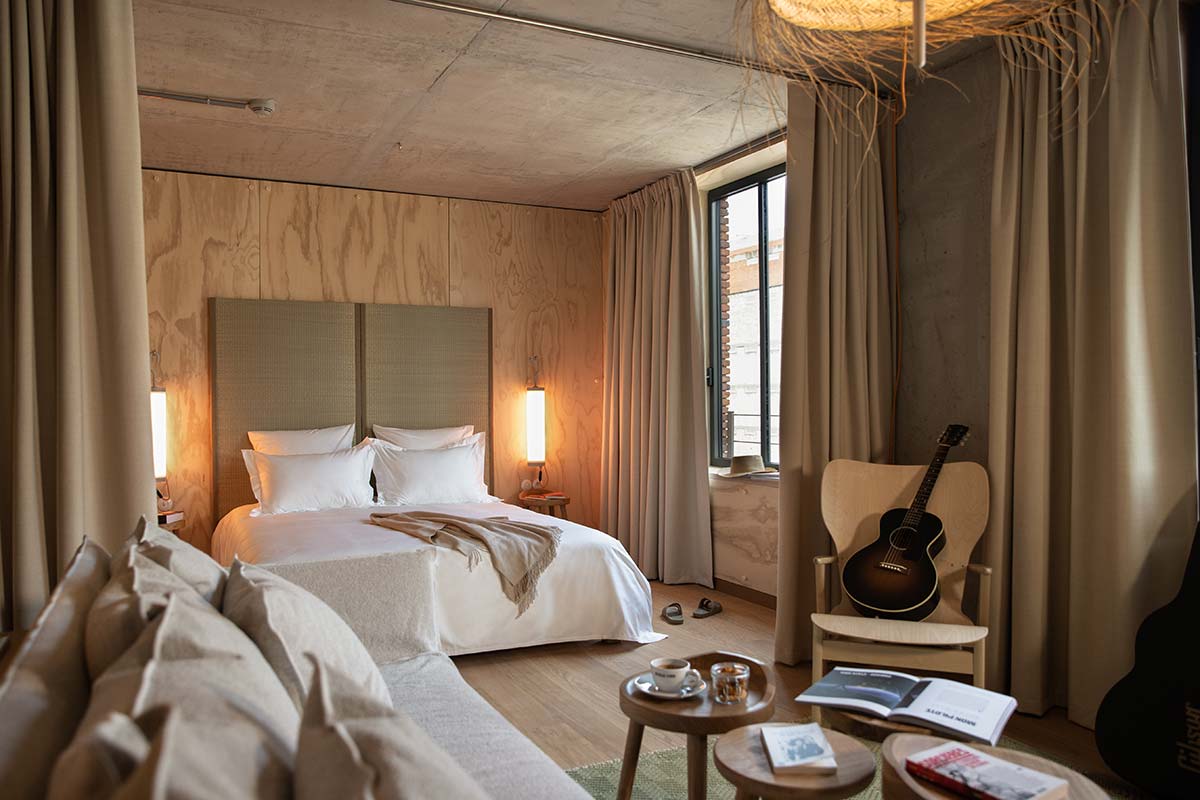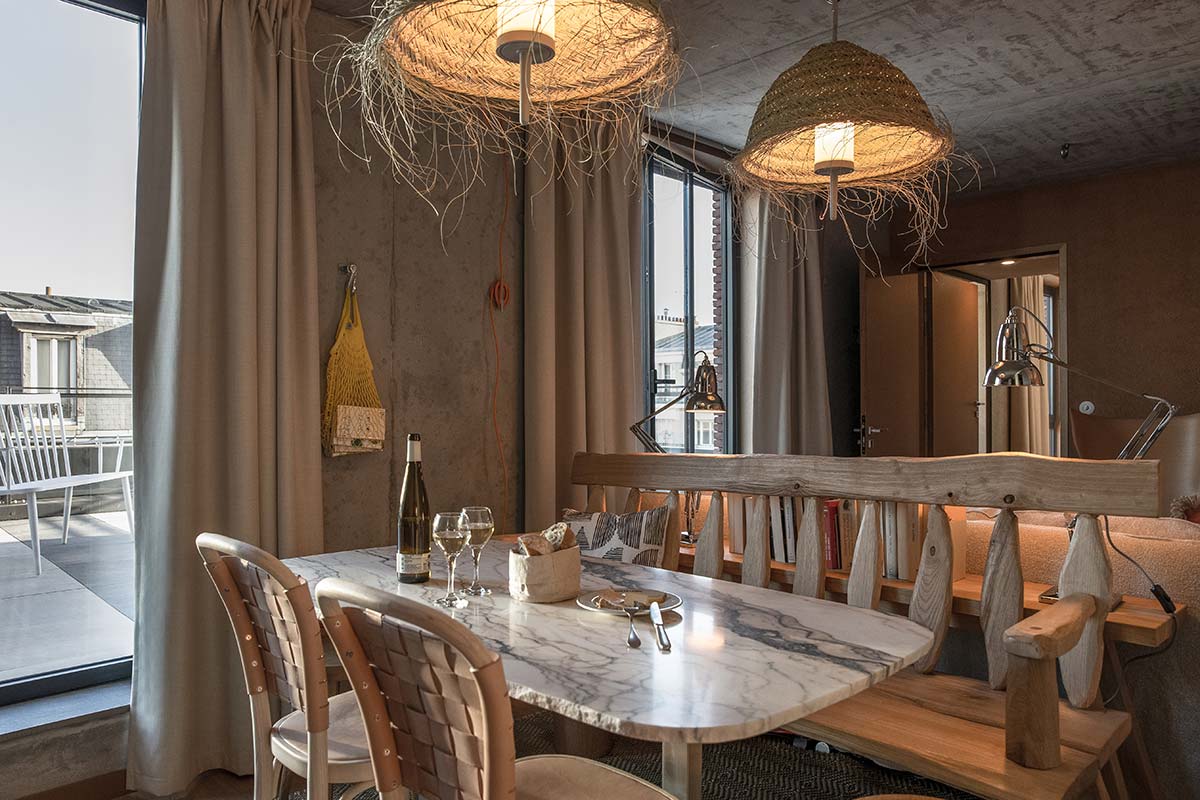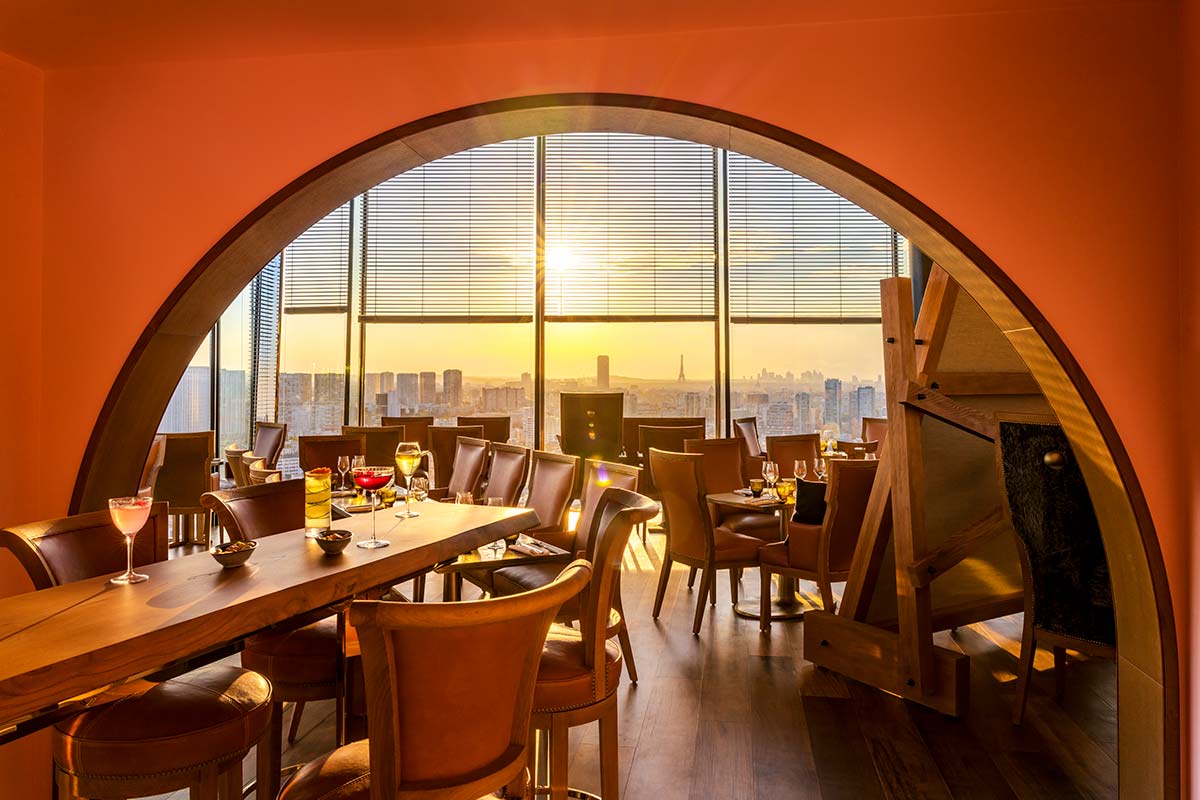What is good design today?
If we talk about ‘good design’, I think we also have to involve the buyer. Before buying a product you have to ask yourself if you really need it, otherwise you give up. It is the biggest ecological gesture we need. Anything that is not used cannot be good design. Having said that, good design is the right product, for the right person at the right time, with the right material, at the right price, with the right distribution. And to this parameter we can add longevity.
In which directions should it go?
Towards a bigger, higher, more distant vision: this is what guarantees good creativity. The vision should then be examined through the filter of honesty, necessity, longevity, Economy (with a capital E) and then one can add, if one wishes, one’s humour, feelings, imagination. Provided that these three elements are not in contradiction with those already mentioned.

You have often spoken of dematerialisation. Do you think of a world without objects?
I have been talking about it for forty years, but when you are too far ahead, you must never lose your temper (or your confidence). Simply wait for time to catch up with you. Dematerialisation does not imply a world without objects. Today, at best, objects are designed for a necessity. That is why design exists: to make obligatory objects acceptable and pleasing. It is these that will disappear. Heat, sound, light will come from paint or windows. It will be as if a bomb had been placed in the centre of a room and crushed all the objects into the walls, the ceiling, the floor. Other objects will be transformed, they will be incorporated into something, they will be grouped together. An example we already see today is the mobile phone, which encompasses hundreds of functions. Space will remain for personal feeling: I will be happy to see something I made with my own hands, a piece of wood I picked up on the beach and carved. Something purely emotional.

What will the house of the future be like?
It will be the way we want it, empty and overloaded with ‘sentimental’ objects. We realised that matter, which we thought was liberating, actually incarcerates us. We acted as sorcerer’s apprentices, we believed that we would create objects that would be useful to us. And finally, in the 21st century, we realised that we are the ones who serve the objects.

In your opinion, 30 years from now, will there still be industrial designers?
There will always be a few. But only a few. The designer of tomorrow will be the coach, the dietician, the psychiatrist. It will be the era I call ‘bionism’. In less than five years everything we do with our phone, thanks to ever smaller chips, will be inside the body. So this body has to be in good shape. We are the machine.

What do you think is ‘good taste’ today?
It is a mixture of archaism, of slowness and difficulty in understanding, of morality and fear. All this together creates ‘good taste’, i.e. a large number of people who fall into line for fear of being judged. Everyone has the right to have their own taste: whether others consider it good or bad does not matter in the slightest. I avoid talking about beauty or taste. Any moment, project, object, place, music is beautiful if it has a harmony. We have generated harmonies by observing the rhythm of waves or that of dunes, the proportion of mountains, the way plants grow. But this has no relation to good taste: because it is not subjective but real.

Last question: what is technology’s most important contribution to design?
The best contribution we can make to the product is the end of greed, cynicism, fashions. Replaced by honesty, a sense of time and longevity. In terms of materials, it is the arrival of organic plastics. Which will allow us to give the simplest comforts to those who need them at affordable prices.







